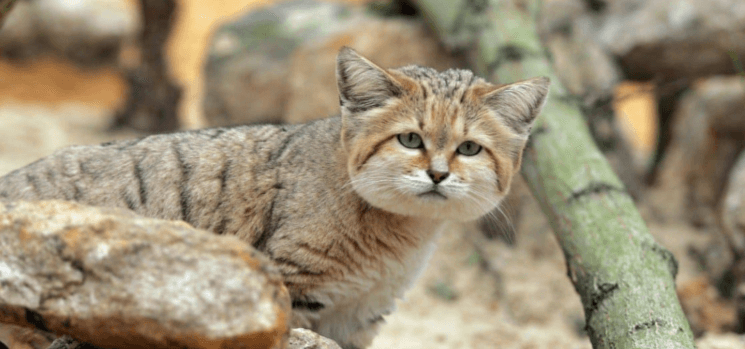Cute:8ht4wtxoogy= Sand Cat

Cute:8ht4wtxoogy= Sand Cat (Felis margarita) presents a fascinating study in adaptation and survival within harsh desert environments. Its physical characteristics, including prominent ears and a coat designed for camouflage, allow it to thrive amidst the challenges of arid landscapes. Additionally, its feeding habits and hunting strategies reveal a complex behavior that contributes to its ecological niche. However, as various threats loom over its existence, understanding the balance between its charming allure and the urgent need for conservation becomes paramount. What implications do these factors hold for the future of this captivating species?
Habitat and Distribution
The sand cat (Felis margarita), a small wild feline adapted to arid environments, primarily inhabits the vast deserts of North Africa, the Arabian Peninsula, and parts of Central Asia.
It demonstrates a remarkable ability to thrive in extreme heat and limited water availability.
Its ecological niche within the sand desert ecosystem highlights its specialized adaptations, enabling successful survival despite harsh climatic conditions and resource scarcity.
Diet and Hunting Behavior
Adapted to its harsh desert surroundings, the sand cat exhibits a diet primarily consisting of small mammals, birds, and insects, which it skillfully hunts using a combination of stealth and agility.
Its feeding habits are characterized by opportunistic foraging, while its hunting techniques include ambush and quick pouncing.
This adaptability ensures survival in an environment where food sources can be scarce and unpredictable.
Read Also Cute:7xohkiofew8= Bobcats

Conservation Efforts
Conservation efforts for the sand cat focus on habitat preservation and mitigating threats from human activities, such as land development and poaching, which significantly impact its population in arid regions.
Effective breeding programs and habitat protection initiatives play a crucial role in ensuring the species’ survival.
Collaborative efforts among conservation organizations and local communities are essential to safeguard the sand cat’s future and its natural environment.
Conclusion
Cute:8ht4wtxoogy= Sand Cat (Felis margarita) exemplifies the delicate balance of desert ecosystems, showcasing remarkable adaptations that facilitate survival in harsh environments.
Ongoing habitat loss and poaching present significant challenges to its existence.
Conservation efforts remain crucial for safeguarding this enchanting feline, akin to the preservation of ancient relics that tell stories of a bygone era.
Protecting the sand cat not only ensures its survival but also maintains the ecological integrity of its arid habitat, fostering biodiversity for future generations.






